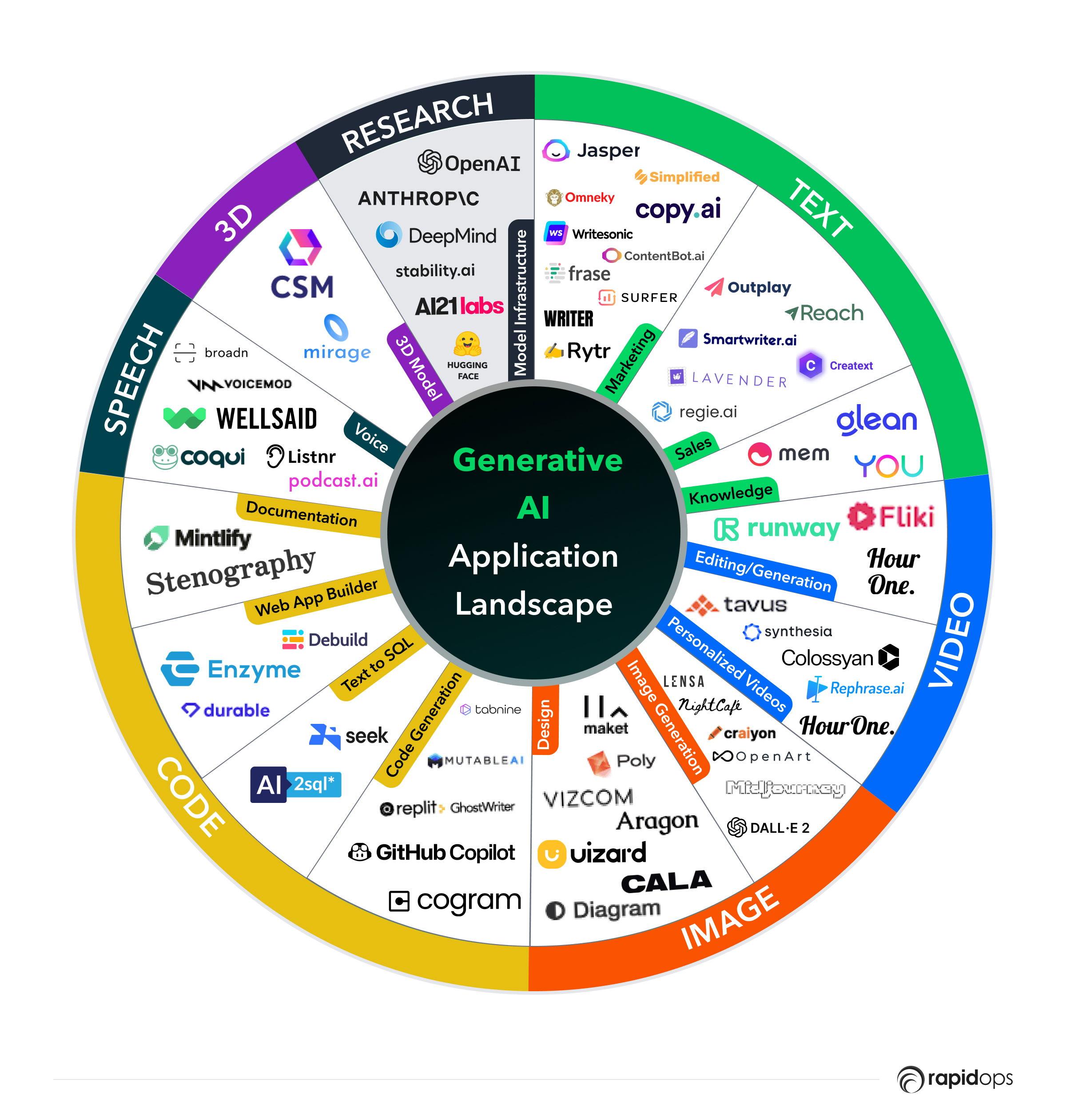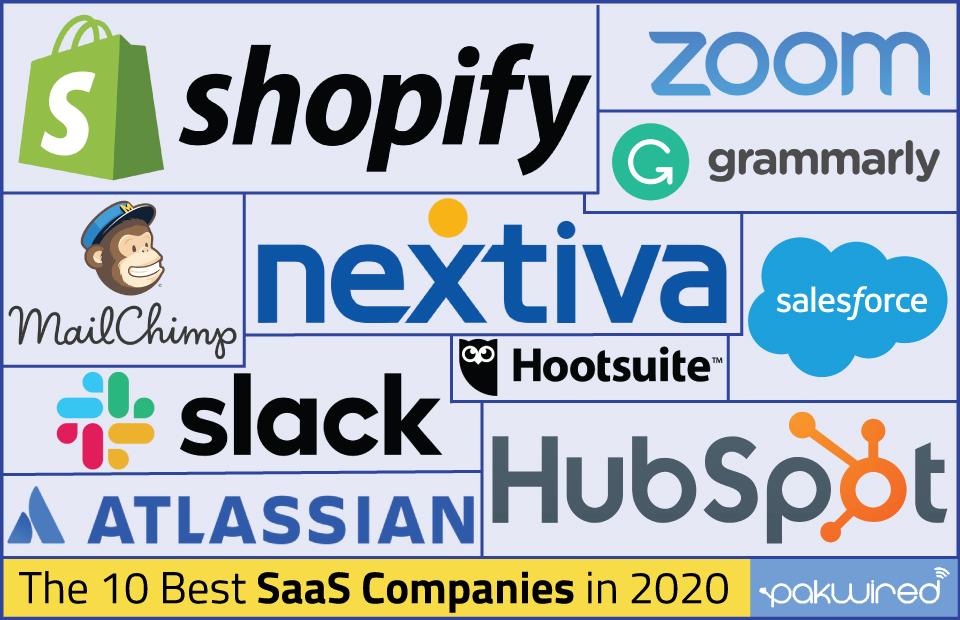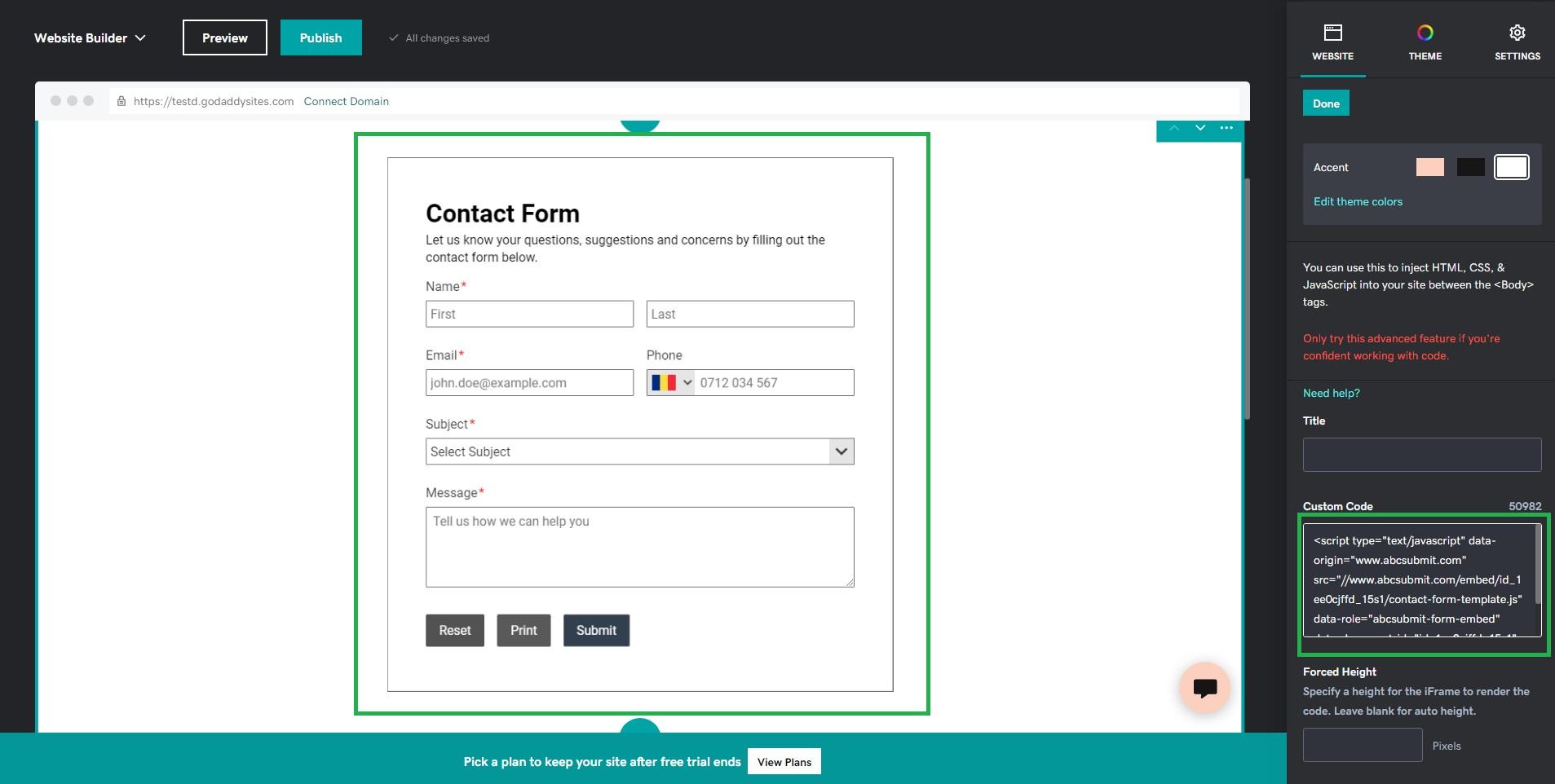Are you tired of the traditional retail hustle—managing inventory, dealing with shipping woes, and worrying about unsold stock? If so, dropshipping might be the game-changer you’ve been searching for! In today’s fast-paced world of e-commerce, dropshipping offers an enticing alternative that allows you to run a business without the usual headaches. Picture this: your own online store, a curated selection of products, and zero inventory to manage. Sounds too good to be true? It’s not! In this quick guide, we’ll break down how dropshipping works, so you can see just how easy it can be to start your own business and tap into the booming online market. Whether you’re a seasoned entrepreneur or just dipping your toes into the world of e-commerce, this guide will equip you with everything you need to know to dive into dropshipping with confidence. Let’s get started!
Understanding the Basics of Dropshipping
Dropshipping is a retail fulfillment method that allows you to operate an online store without having to handle the physical products yourself. Instead of stocking inventory, when a customer purchases a product from your store, you simply forward the order to a third-party supplier who then ships the product directly to the customer. This model eliminates the need for you to manage inventory or deal with shipping logistics.
Here are some key components of dropshipping:
- Supplier Relationships: Establishing strong partnerships with reliable suppliers is critical. Your suppliers will be responsible for product quality and timely shipping, which directly impacts your customer satisfaction.
- Product Selection: Choosing the right products is crucial. Look for trending items with good profit margins. Research your target market to find out what products are in demand.
- Online Storefront: You need an attractive, user-friendly online store to showcase your products. Platforms like Shopify, WooCommerce, or BigCommerce make it easy to set up and customize your store.
- Marketing Strategy: Since you’re not holding stock, your focus should be on driving traffic to your store through effective marketing strategies, including social media advertising, SEO, and email marketing.
One of the major advantages of dropshipping is the low entry barrier it offers. With minimal upfront costs, anyone can start a dropshipping business. However, it’s important to note that while the financial risks are lower, the competition can be fierce. Here’s how you can stand out:
- Unique Branding: Create a brand that resonates with your audience. Your logo, website design, and customer service should reflect your brand’s identity.
- Exceptional Customer Service: Providing excellent customer service can set you apart. Quick responses to inquiries and resolving issues efficiently can enhance customer trust and loyalty.
- Effective Pricing Strategy: Be strategic about your pricing. Make sure to cover your costs while remaining competitive. Offering discounts or bundles can also attract customers.
To evaluate the potential profitability of your dropshipping venture, consider developing a simple financial plan. Here’s a quick breakdown:
| Cost Type | Estimate |
|---|---|
| Product Cost | $10 – $100 |
| Shipping Fees | $5 – $20 |
| Website Hosting | $29/month |
| Marketing Expenses | $100 – $500/month |
| Profit Margin | 20% – 50% |
equips you with the foundational knowledge to launch a successful online business. With the right tools, strategies, and mindset, you can turn this business model into a profitable venture. Remember to continuously adapt and evolve your strategies based on market trends and customer feedback to stay ahead in the game.
The Key Players in the Dropshipping Ecosystem
In the world of dropshipping, several key players ensure that the model operates smoothly and efficiently. Understanding their roles is crucial for anyone looking to venture into this business model. Let’s break down the essential components that contribute to the dropshipping ecosystem.
- Retailer (You): The retailer is the face of the business, responsible for marketing, customer service, and sales. They create an online store and manage customer interactions while never physically handling the products.
- Supplier/Wholesaler: This player is the backbone of the dropshipping model. Suppliers stock the products and handle inventory and shipping. Retailers rely on them to fulfill orders promptly and maintain product quality.
- Customers: They are the ultimate end-users who purchase products from the retailer’s store. Satisfied customers can lead to repeat sales and referrals, making their experience paramount.
- Payment Processors: Platforms like PayPal or Stripe facilitate secure financial transactions between retailers and customers. Choosing a reliable payment processor is vital for ensuring trust and security in the shopping experience.
- Shipping Carriers: These companies, such as FedEx or UPS, handle the logistics of delivering products to customers. Efficient shipping can significantly influence customer satisfaction and retention rates.
- eCommerce Platforms: Tools such as Shopify or WooCommerce provide the necessary infrastructure for retailers to set up their online stores. They offer templates, payment gateways, and various integrations to enhance the shopping experience.
Each player in this ecosystem plays a unique role that influences the overall success of the dropshipping business. For instance, the selection of reliable suppliers can make or break a retailer’s reputation, while a seamless checkout process can significantly reduce cart abandonment rates.
| Player | Role |
|---|---|
| Retailer | Handles marketing and customer relations |
| Supplier | Manages inventory and shipping |
| Customers | End-users of products |
| Payment Processor | Facilitates financial transactions |
| Shipping Carrier | Delivers products to customers |
| eCommerce Platform | Provides online store infrastructure |
understanding the dynamics among these players can help aspiring dropshippers tailor their strategies for success. By focusing on building strong relationships with suppliers and offering exceptional customer service, retailers can navigate the ups and downs of the dropshipping landscape with confidence.
How to Choose the Right Niche for Your Dropshipping Business
Choosing the right niche for your dropshipping business is one of the most crucial steps in ensuring long-term success. With countless options available, it’s essential to focus on a niche that not only interests you but also has the potential for profitability. Here are some strategies to help narrow down your choices:
- Identify Your Interests: Start by listing your hobbies, passions, and interests. A niche that aligns with your personal interests can make the process enjoyable and sustainable.
- Market Research: Utilize tools like Google Trends, social media platforms, and keyword research tools to explore market demand for various niches. This can help you identify trending products and potential customer bases.
- Analyze Competition: A little competition can be a good sign, but overly saturated markets can make it difficult to stand out. Look for niches where you can offer something unique or where competition is manageable.
- Consider Profit Margins: Determine the average selling price and supplier costs for products in your chosen niche. Calculate potential profit margins to ensure that the business can be financially viable.
- Target Audience: Understand who your ideal customers are. Consider their demographics, preferences, and shopping behaviors. Tailoring your niche to a specific audience can enhance your marketing efforts.
Once you’ve narrowed down your options, it can be helpful to test your niche with a small selection of products before fully committing. Consider these steps:
- Create a Minimum Viable Product (MVP): Launch with a limited product range to gauge customer interest. This allows you to adjust your offerings based on real feedback.
- Engage with Your Audience: Use social media, surveys, and email marketing to connect with potential customers. Their insights can guide your product selection and niche positioning.
Another essential factor is to stay adaptable. The e-commerce landscape is constantly evolving, and consumer preferences can shift quickly. Here’s how you can remain flexible:
- Monitor Trends: Regularly check for emerging trends and industry news that might influence your niche.
- Feedback Loop: Keep an open line for customer feedback and be ready to pivot your offerings based on what your audience wants.
remember that passion and persistence are key in this journey. While the numbers and market research are vital, your enthusiasm for the niche will resonate with customers and drive your commitment to success.
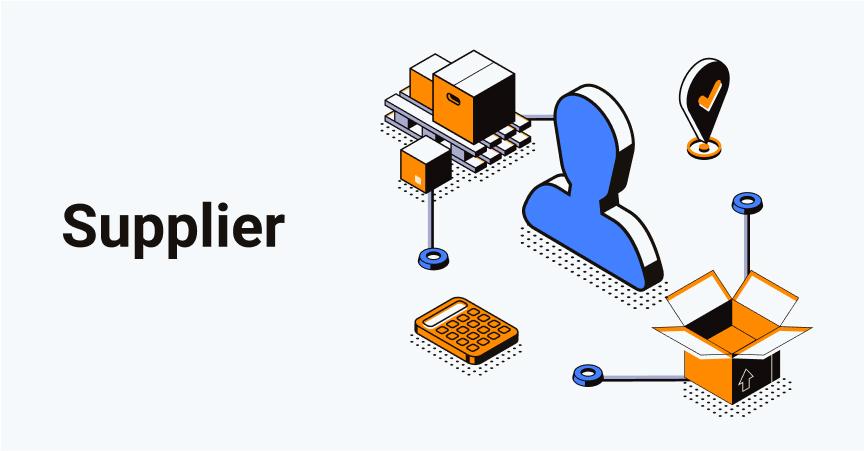
Finding Reliable Suppliers: What You Need to Know
When it comes to dropshipping, one of the most critical elements for success is finding trustworthy suppliers. Without reliable partners, your business can quickly face challenges that may affect customer satisfaction and ultimately your bottom line. Here are some essential tips to help you identify suppliers who can enhance your dropshipping experience.
Research and Vetting
Start by conducting thorough research on potential suppliers. Look for companies with good reviews and a solid reputation in the industry. Utilize platforms like:
- Alibaba
- Oberlo
- SaleHoo
- Worldwide Brands
These platforms often include ratings and feedback from other dropshippers, allowing you to gauge the reliability of suppliers.
Quality Control
Before committing, request product samples. This will give you a firsthand experience of the quality that your customers will receive. Pay attention to:
- Material quality
- Packaging
- Shipping times
Even a slight inconsistency in quality can lead to negative reviews and returns, which can hurt your brand’s reputation.
Communication is Key
Establish clear communication with your suppliers. Ensure they are responsive and willing to answer your queries promptly. Consider factors such as:
- Language barriers
- Time zone differences
- Customer service availability
Effective communication can prevent misunderstandings and help you resolve issues faster.
Evaluate Shipping Options
Shipping is a pivotal factor in dropshipping. Analyze the shipping options your potential suppliers offer. Look for:
- Shipping times
- Costs
- Tracking capabilities
Choosing suppliers who can provide timely delivery will increase customer satisfaction and encourage repeat purchases.
Check for Flexibility
As your business grows, your needs may change. It’s essential to select suppliers who can scale with you. Ask questions to determine:
- If they can handle increased order volumes
- If they can accommodate new product requests
- How they manage out-of-stock items
A flexible supplier can support your growth and adapt to market changes.
Build Relationships
Once you find a reliable supplier, focus on building a strong relationship. Regular communication and updates can foster trust and collaboration. Consider discussing:
- Joint marketing efforts
- Exclusive product lines
- Discounts on bulk purchases
A solid partnership can lead to mutually beneficial opportunities, enhancing your business’s overall success.
finding reliable suppliers is critical for a flourishing dropshipping business. Take the time to research, vet, and build relationships with your suppliers to ensure smooth operations and satisfied customers.
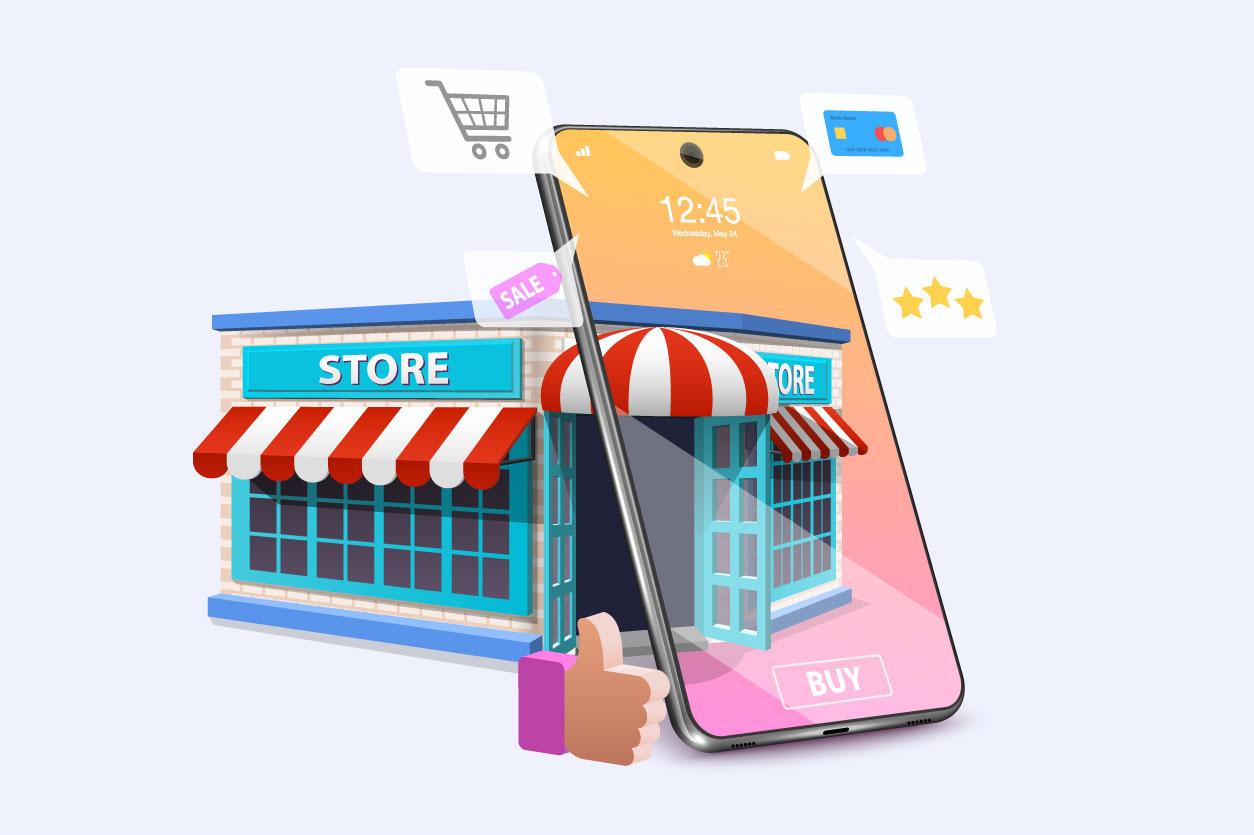
Setting Up Your Online Store: A Step-by-Step Approach
Launching an online store can be an exciting venture, especially when considering the dropshipping model. This method allows you to sell products without holding any inventory, which significantly reduces the initial investment and associated risks. Let’s explore the essential steps to set up your online dropshipping store effectively.
1. Choose Your Niche
Before diving into the technicalities, it’s crucial to identify a niche that resonates with your interests and has market demand. Consider factors such as:
- Target audience: Who are you selling to?
- Product viability: Is there a consistent demand for your chosen products?
- Competition: Are there similar stores, and how can you differentiate yourself?
2. Research Reliable Suppliers
Once your niche is defined, the next step is sourcing suppliers. A reliable supplier is key to ensuring quality products and timely shipping. Look for:
- Established suppliers: Check reviews and ratings.
- Product range: Ensure they offer a variety of products within your niche.
- Shipping times: Understand their shipping policies to set customer expectations.
3. Select an E-commerce Platform
Your choice of e-commerce platform can significantly influence your success. Popular platforms include:
| Platform | Features | Best For |
|---|---|---|
| Shopify | User-friendly interface, dropshipping plugins | Beginners |
| WooCommerce | Highly customizable, integrates with WordPress | Existing WordPress users |
| BigCommerce | Built-in features, no transaction fees | Growing businesses |
4. Design Your Storefront
Your online storefront is your brand’s face, so make it visually appealing and user-friendly. Consider:
- Theme selection: Choose a theme that aligns with your brand.
- Navigation: Ensure users can easily find products.
- Mobile responsiveness: Optimize for mobile users, as they make up a significant portion of online shoppers.
5. Set Up Payment and Shipping Options
Offer multiple payment methods to cater to different preferences, such as credit cards, PayPal, and digital wallets. Additionally, clearly outline your shipping policies, including costs and delivery times, to avoid any surprises for your customers.
6. Market Your Store
With your store set up, it’s time to drive traffic. Use a mix of:
- Social media marketing: Engage potential customers on platforms like Instagram and Facebook.
- Email marketing: Build a subscriber list and send regular updates.
- SEO strategies: Optimize your site for search engines to attract organic traffic.
By following these steps, you’ll be well on your way to creating a successful online dropshipping store that stands out in the crowded e-commerce landscape. Remember, consistency and customer engagement are key to long-term success!
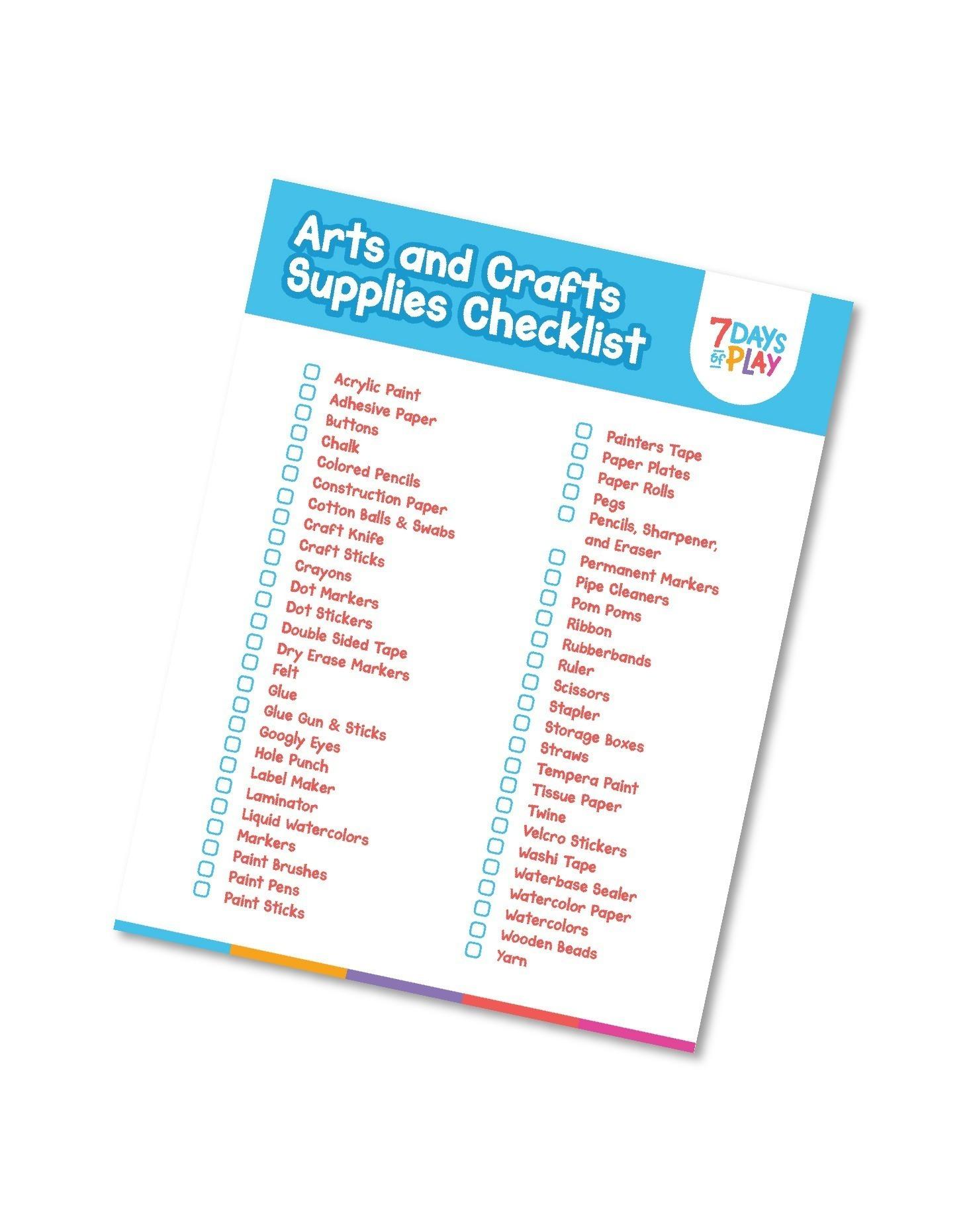
Crafting Product Listings That Sell: Tips and Tricks
When you’re crafting product listings, the goal is to grab attention and convert visitors into customers. Start with a compelling title that includes relevant keywords. This not only helps with search engine optimization (SEO) but also makes your product stand out in a crowded marketplace.
Focus on Benefits: Instead of merely listing features, emphasize how your product improves the customer’s life. Use phrases like “Experience the comfort of…” or “Transform your daily routine with…” to highlight the value proposition.
High-Quality Images: Visuals are critical in online shopping. Ensure your images are high-resolution and showcase the product from multiple angles. Incorporate lifestyle images that depict the product in use, allowing potential buyers to envision themselves with it.
Compelling Descriptions: Use descriptive language that paints a picture. Instead of saying “This is a blue t-shirt,” say “Dive into summer with this vibrant, ocean-blue t-shirt that radiates style and comfort.” This approach engages the customer’s imagination and encourages a connection with the product.
Incorporate Reviews and Testimonials: Social proof is powerful. Display customer reviews prominently to build trust. Consider a section titled “What Our Customers Are Saying” where you can showcase snippets of positive feedback or star ratings. This not only enhances credibility but can also sway hesitant buyers.
Clear Pricing and Shipping Information: Be transparent about pricing and any additional costs. Use tables to break down shipping options, delivery times, and any current promotions. Clarity in this area prevents frustration and builds confidence in the purchasing process.
| Shipping Option | Cost | Delivery Time |
|---|---|---|
| Standard Shipping | Free | 5-7 Business Days |
| Express Shipping | $9.99 | 2-3 Business Days |
| Overnight Shipping | $19.99 | 1 Business Day |
Strong Call to Action: Every listing should end with a powerful call to action. Phrases like ”Buy Now and Enjoy 20% Off!” or “Limited Stock – Order Yours Today!” stimulate urgency and prompt immediate action.
By blending these elements, you can create product listings that not only inform but also inspire customers to take the leap and make a purchase. Remember, the key is to connect with your audience emotionally while providing all the necessary information they need to feel confident in their buying decision.
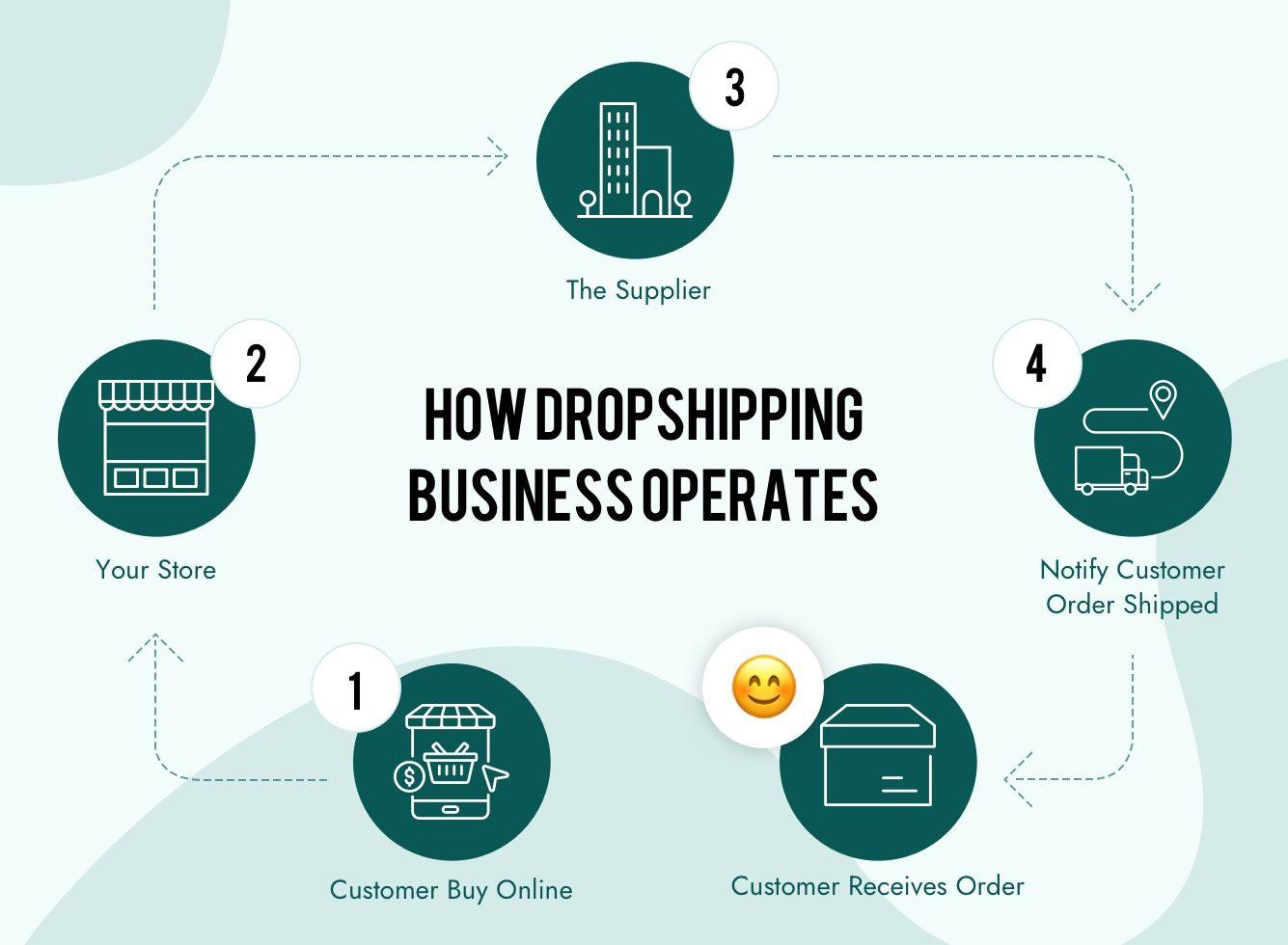
Marketing Your Dropshipping Store Like a Pro
To elevate your dropshipping store to pro status, an effective marketing strategy is essential. Start by understanding your target audience. This means digging deep into who they are, what they want, and how they shop. Creating customer personas can help you visualize your ideal customers and tailor your messaging accordingly.
Social Media Marketing is a game changer for dropshipping. Platforms like Instagram, Facebook, and TikTok allow you to showcase your products visually. Here are some tips:
- Post high-quality images and videos of your products.
- Engage with your followers through comments and stories.
- Run contests and giveaways to boost engagement and gain followers.
Content Marketing is another powerful tool. By creating valuable content that resonates with your audience, you can drive traffic to your store. Consider the following:
- Start a blog related to your niche to establish authority.
- Utilize SEO best practices to improve your search rankings.
- Offer guides, how-tos, or tips that incorporate your products.
Email Marketing remains one of the most effective ways to convert leads into sales. Build your email list by offering discounts or exclusive content in exchange for email sign-ups. Send regular newsletters showcasing new products, sales, and helpful content. Ensure your emails are:
- Personalized to reflect the interests of your customers.
- Visually appealing with clear calls to action.
- Segmented based on customer behavior and preferences.
Consider leveraging influencer marketing. Collaborating with influencers in your niche can extend your reach and build credibility quickly. When selecting influencers, look for those who align with your brand values and have a genuine connection with their followers.
| Influencer Type | Benefits |
|---|---|
| Micro-Influencers | Higher engagement rates and niche audiences. |
| Macro-Influencers | Broader reach and established authority. |
| Brand Ambassadors | Long-term collaboration and trust-building. |
Lastly, don’t underestimate the power of paid advertising. Use platforms like Google Ads and Facebook Ads to target specific demographics. Test different ad formats and messages to see what resonates best with your audience. Monitor your campaigns closely to refine your approach based on performance data.
By combining these strategies, you can effectively market your dropshipping store and stand out in a crowded market. Remember, success in dropshipping doesn’t just come from having great products; it’s about how well you connect with your audience and promote your brand.
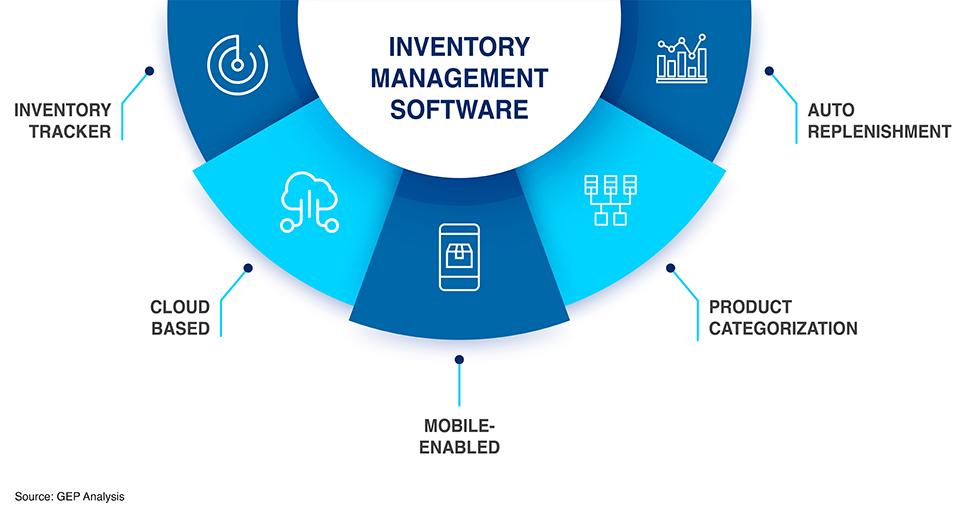
Managing Inventory and Orders Efficiently
Managing inventory and orders is crucial for the success of any dropshipping business. Unlike traditional retail models, where you have to handle products directly, dropshipping allows you to streamline these processes in innovative ways. With a solid strategy, you can ensure that your customers receive their orders promptly, while minimizing your own workload.
Key steps to efficiently manage your inventory and orders include:
- Choose Reliable Suppliers: The foundation of a successful dropshipping operation is partnering with dependable suppliers. Look for those with proven track records of timely deliveries and high-quality products.
- Automate Inventory Management: Utilize software tools that automatically update stock levels as sales occur. This helps prevent overselling and ensures that your customers see accurate availability.
- Implement Real-Time Order Tracking: Providing customers with tracking information enhances their experience and builds trust in your brand. Use systems that allow for real-time updates on order status.
Additionally, regularly reviewing your inventory data can provide valuable insights into sales trends. This will allow you to make informed decisions about which products to promote or discontinue. Consider maintaining a balance between high-demand items and niche products to capture a broader market segment.
Another effective strategy is to set up a robust communication system with suppliers. Establishing clear lines of communication ensures that you are promptly informed about stock levels, potential delays, or changes in product availability. This proactive approach allows you to manage customer expectations effectively.
| Supplier Name | Delivery Time | Product Quality | Rating |
|---|---|---|---|
| Supplier A | 3-5 days | High | 4.8/5 |
| Supplier B | 5-7 days | Medium | 4.2/5 |
| Supplier C | 2-4 days | High | 4.9/5 |
the right mix of technology, supplier relationships, and customer service can significantly enhance your ability to manage inventory and orders effectively. By investing time in setting up these systems, you’ll not only streamline your operations but also create a more satisfying shopping experience for your customers.

Customer Service Excellence: Keeping Your Buyers Happy
In the fast-paced world of dropshipping, providing exceptional customer service can significantly distinguish your business from the competition. Happy customers are more likely to return, recommend your store to others, and leave positive reviews, helping to build your brand’s reputation. Here are some key strategies to ensure your buyers remain satisfied throughout their shopping experience:
- Responsive Communication: Responding promptly to customer inquiries is crucial. Aim to reply within 24 hours, whether it’s via email, social media, or chat support. This shows your customers that you value their time and concerns.
- Clear Policies: Make sure your return, exchange, and shipping policies are easy to find and understand. Transparency builds trust. Use straightforward language and avoid legal jargon that might confuse your customers.
- Order Tracking: Providing tracking information allows customers to monitor their orders’ progress. It adds a layer of reassurance and helps manage their expectations about delivery times.
- Proactive Problem Resolution: If an issue arises, such as a delayed shipment or a stock problem, proactively inform your customers. Offer solutions before they even ask; this can turn a potentially negative experience into a positive one.
Moreover, understanding your customers’ needs and preferences can help tailor your service and product selection. Here are some methods to enhance your understanding:
- Customer Feedback: Regularly solicit feedback through surveys or follow-up emails after purchase. This input can guide improvements in both products and services.
- Personalization: Use customer data to personalize email marketing campaigns, product recommendations, and promotions. A personal touch makes customers feel special.
To visualize the impact of excellent customer service, consider the following table that compares customer retention rates based on service quality:
| Service Quality | Retention Rate (%) |
|---|---|
| Excellent | 80 |
| Good | 65 |
| Average | 50 |
| Poor | 30 |
As illustrated, the quality of customer service directly correlates with retention rates. Investing in your customer support team and training them to handle various scenarios can pay dividends in the long run.
Lastly, remember that customers today are empowered by social media and online reviews. They can easily share their experiences, both positive and negative. By fostering a culture of excellence within your customer service team, you not only enhance individual experiences but also positively impact your brand’s overall image.

The Importance of Data Analysis in Dropshipping
In the ever-evolving landscape of dropshipping, the ability to analyze data is not just a luxury—it’s a necessity. With countless products flooding the market and consumer preferences constantly shifting, effective data analysis can be the differentiating factor between success and failure.
Understanding Customer Behavior
Data analysis unveils insights into customer behavior that are crucial for tailoring marketing strategies. By tracking metrics such as:
- Purchase history
- Website traffic patterns
- Cart abandonment rates
you can identify what drives conversions and where potential customers lose interest. This allows you to optimize your sales funnel and enhance customer engagement.
Market Trends and Product Selection
With the right analytical tools, dropshippers can spot emerging trends before they become mainstream. Analyzing data from various sources helps in:
- Identifying seasonal fluctuations
- Recognizing popular products in real-time
- Forecasting future demand based on historical data
By tapping into these insights, dropshippers can make informed decisions about inventory selection, ensuring they meet customer demand proactively rather than reactively.
Optimizing Pricing Strategies
Pricing is pivotal in the dropshipping model, and data analysis facilitates smarter pricing strategies. By evaluating competitor pricing, consumer responsiveness, and historical sales data, you can:
- Set competitive prices that attract buyers
- Test different pricing models to maximize profits
- Adjust prices based on real-time market changes
This dynamic pricing approach not only enhances sales but also builds customer loyalty.
Enhancing Operational Efficiency
Data analysis goes beyond sales; it can also streamline operations. By monitoring supply chain metrics, dropshippers can identify bottlenecks, optimize shipping routes, and enhance supplier performance. A table summarizing key operational metrics might look like this:
| Metric | Importance |
|---|---|
| Order Fulfillment Time | Enhances customer satisfaction |
| Return Rate | Indicates product quality and customer satisfaction |
| Supplier Reliability | Ensures a consistent product supply |
By focusing on these metrics, you can streamline processes and maintain a competitive edge in the market.
Making Data-Driven Decisions
Ultimately, the essence of data analysis in dropshipping is empowering you to make informed, data-driven decisions. Whether it’s adjusting marketing campaigns, re-evaluating product offerings, or optimizing customer service, the insights gained from data analysis lead to smarter strategies that drive growth and profitability.
In a world where consumer preferences and market dynamics shift rapidly, staying ahead of the curve is paramount. Embracing data analysis as an integral part of your dropshipping business can pave the way for sustained success.

Scaling Your Business: When and How to Expand
Recognizing Opportunities for Growth
Successful dropshipping businesses often hit a plateau, signaling that it might be time to consider expanding. Understanding your market dynamics is crucial. Look for indicators such as:
- Increased sales volume over a sustained period
- Positive customer feedback and repeat purchases
- Emerging trends in consumer behavior
- Strong engagement on social media platforms
Assessing Your Readiness
Before diving into expansion, it’s essential to evaluate your current operations. Ask yourself these questions:
- Can your supply chain handle increased demand?
- Do you have enough financial resources to support growth?
- Is your marketing strategy scalable?
- Are you ready to manage more complex logistics?
Choosing the Right Expansion Strategy
Once you’ve assessed your readiness, it’s time to choose an expansion strategy. Here are a few effective approaches:
- Diversifying Product Lines: Introduce complementary products to attract new customers.
- Targeting New Markets: Explore geographical expansion or niche markets that align with your brand.
- Enhancing Marketing Efforts: Invest in targeted ads and content marketing to reach a broader audience.
Financial Considerations
With any expansion, consider the financial implications. Here’s a simple breakdown of potential costs:
| Cost Category | Estimated Range |
|---|---|
| Marketing & Advertising | $500 – $5,000+ |
| Inventory & Supply Chain | $1,000 – $10,000+ |
| Website & Tech Upgrades | $200 – $2,000 |
| Operational Expenses | $300 – $3,000+ |
Monitoring Your Progress
As you expand, keep a close eye on key performance metrics. This will help you gauge success and make adjustments as needed. Focus on:
- Sales growth rates
- Customer acquisition cost
- Website traffic and conversion rates
- Customer satisfaction and retention rates
Being Adaptable
remember that flexibility is key. The market landscape can change rapidly, and being able to pivot your strategy will keep you competitive. Keep an open line of communication with suppliers and customers to stay ahead of trends and demand.
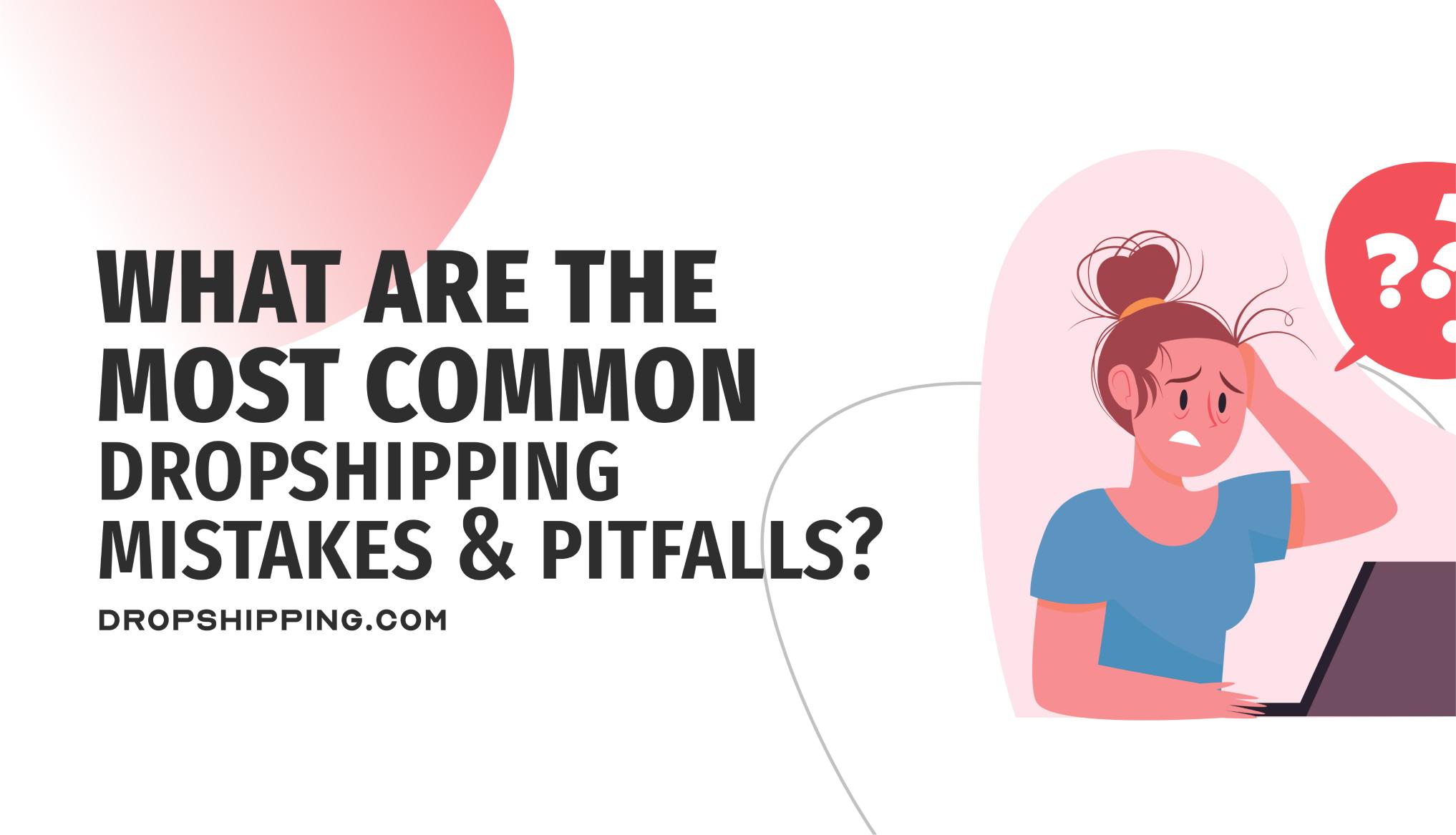
Common Pitfalls to Avoid in Dropshipping
Diving into the world of dropshipping can be exciting, but it’s easy to stumble into common traps that can hinder your success. Recognizing these pitfalls can save you time, money, and frustration as you navigate your entrepreneurial journey.
One major mistake many new dropshippers make is underestimating the importance of market research. Before launching your store, it’s crucial to understand your target audience and what products are in demand. Skipping this step can lead to stocking items that simply won’t sell. Make sure to:
- Analyze trending products in your niche.
- Utilize tools like Google Trends for insights.
- Evaluate your competitors’ offerings and pricing.
Another pitfall is the lack of a solid supplier relationship. Your suppliers are the backbone of your business, so choosing unreliable ones can lead to fulfillment issues, poor customer service, and damaged reputations. Always vet potential suppliers by:
- Requesting product samples.
- Checking reviews and ratings.
- Establishing clear communication channels.
Poor pricing strategy can also be detrimental. Many dropshippers fail to account for all costs involved, including shipping, taxes, and platform fees, leading to razor-thin margins. It’s vital to set a pricing strategy that ensures profitability while remaining competitive. Consider using a simple pricing table:
| Cost Item | Estimated Amount |
|---|---|
| Product Cost | $20 |
| Shipping Fee | $5 |
| Transaction Fees | $2 |
| Marketing Expenses | $3 |
| Total Cost | $30 |
Customer service is another area where many dropshippers fall short. Since you don’t physically handle the products, it can be easy to neglect customer inquiries and complaints. Providing excellent customer support can set you apart from competitors. Always be ready to:
- Respond promptly to inquiries.
- Offer easy return policies.
- Engage with customers through social media.
failing to adapt to market changes can leave your dropshipping business in the dust. Trends shift rapidly, and what sells today may not sell tomorrow. Keep an eye on market trends and be willing to pivot your offerings accordingly. Regularly review:
- Sales data and customer feedback.
- Emerging products and competitors’ strategies.
- Your marketing tactics for effectiveness.
Avoiding these common pitfalls can greatly enhance your chances of building a successful dropshipping business. By staying informed, maintaining strong supplier relationships, and prioritizing customer satisfaction, you’ll be well on your way to thriving in this competitive landscape.
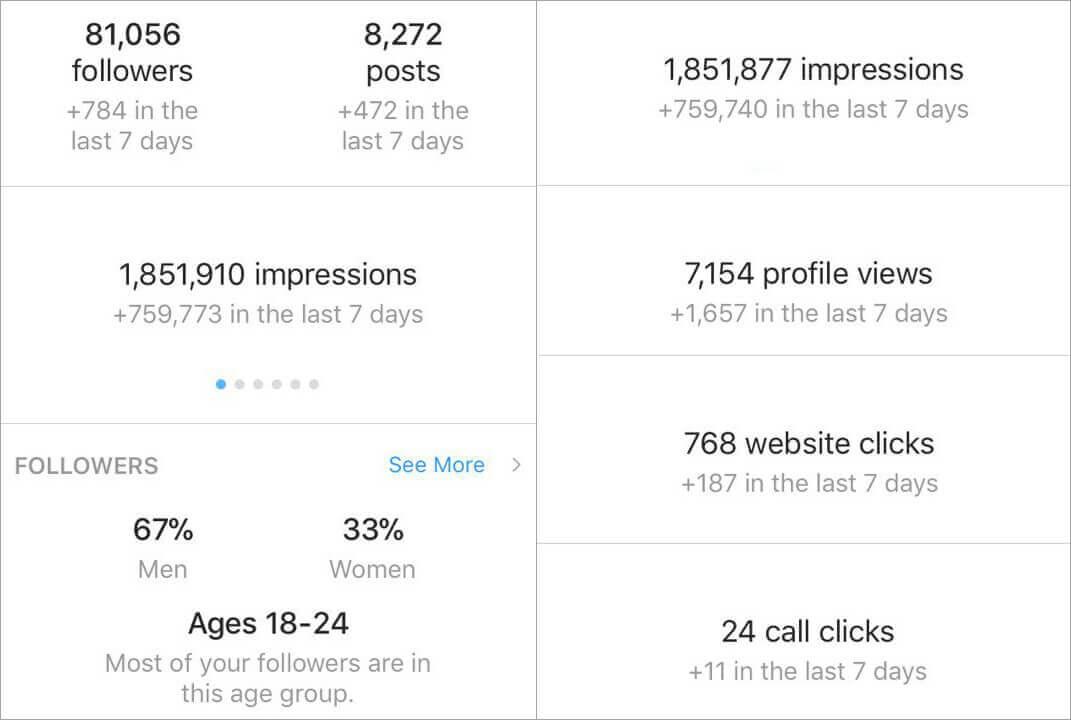
Success Stories: Learning from Top Dropshippers

Final Thoughts: Is Dropshipping Right for You?
As you consider entering the world of dropshipping, it’s vital to weigh both the benefits and the challenges that come with it. This business model can be appealing for many reasons, but it may not be the perfect fit for everyone. Here are some points to ponder when deciding if dropshipping is right for you:
- Low Startup Costs: Since you don’t need to invest in inventory upfront, dropshipping allows you to start your business with minimal financial risk.
- Flexibility: The ability to run your business from anywhere with an internet connection is a significant perk for those who value location independence.
- Wide Product Range: You can offer a diverse array of products without the hassle of managing stock, which can attract a broader audience.
- Scalability: Dropshipping businesses can grow quickly without the constraints of managing inventory, making it easier to scale up when demand increases.
However, it’s essential to be aware of some potential downsides as well:
- Thin Margins: While you may save on inventory costs, competition can lead to lower profit margins, making it challenging to achieve substantial revenue.
- Supplier Reliability: Your success relies heavily on the reliability of your suppliers. Issues with order fulfillment can lead to dissatisfied customers and harm your reputation.
- Customer Service Challenges: Handling customer service can be tricky since you don’t control the shipping process. Delays or errors from suppliers can directly reflect on your business.
- Market Saturation: Certain niches may be oversaturated, making it difficult to stand out and attract a loyal customer base.
To help visualize your options, here’s a quick comparison of the pros and cons:
| Pros | Cons |
|---|---|
| Low upfront investment | Low profit margins |
| Flexible location | Dependence on suppliers |
| Diverse product offerings | Challenging customer service |
| Scalable business model | Potential for market saturation |
Ultimately, the decision to embark on a dropshipping venture comes down to your personal goals, risk tolerance, and willingness to adapt. If you thrive in a fast-paced environment and are ready to tackle the challenges that come with it, dropshipping could be an excellent opportunity for you.
Frequently Asked Questions (FAQ)
Q&A: How Does Dropshipping Work? A Quick Guide
Q1: What exactly is dropshipping?
A1: Great question! Dropshipping is a retail fulfillment method where you, as a store owner, don’t keep the products you sell in stock. Instead, when you sell a product, you purchase the item from a third party—usually a wholesaler or manufacturer—who then ships it directly to your customer. It’s like being a middleman without the hassle of managing inventory!
Q2: How does the dropshipping process work?
A2: It’s pretty straightforward! First, you set up an online store and list products for sale. When a customer places an order, you buy the item from your supplier at a discount price and provide them with the customer’s shipping details. The supplier then sends the product directly to your customer. You keep the difference between what you charged the customer and what you paid the supplier. Easy, right?
Q3: What are the benefits of dropshipping?
A3: There are several perks! First, you don’t need a lot of capital to start since you don’t need to buy inventory upfront. You can also test new products without risk, as you only order them after you’ve made a sale. Plus, you can run your dropshipping business from anywhere with an internet connection—talk about flexibility!
Q4: Are there any downsides to dropshipping?
A4: Absolutely, and it’s important to know what you’re getting into! For instance, you might face lower profit margins because you’re buying from wholesalers. Plus, since you don’t control the inventory, stock issues can arise unexpectedly. Customer service can also be tricky; if something goes wrong with an order, you’re the one who has to deal with the fallout, even though the issue may be with your supplier.
Q5: How do I choose the right products to dropship?
A5: Choosing the right products is key! Start by researching trending items and niches that interest you. Look for products with good demand but low competition. Tools like Google Trends, keyword research, and social media can help you gauge what’s hot in the market. Remember, it’s not just about what’s popular—it’s also about what you’re passionate about selling!
Q6: Can I really make money with dropshipping?
A6: Yes, you can—if you do it right! While some dropshippers make a decent income, others struggle. Success often depends on your marketing strategy, product selection, and customer service. Consistency and dedication are key. If you’re willing to put in the effort, the potential is definitely there!
Q7: What platforms can I use to start dropshipping?
A7: There are several great platforms to choose from! Shopify and WooCommerce are popular for building online stores. You can also consider marketplaces like eBay and Amazon. Each platform has its unique features, so choose one that aligns with your goals and tech comfort level!
Q8: Is dropshipping right for me?
A8: If you’re looking for a low-risk way to start an online business, dropshipping could be a fantastic option! It’s especially appealing if you’re not ready to invest heavily in inventory. However, if you crave complete control over your product quality and customer experience, you might want to explore traditional retail models instead.
Q9: What’s the first step to getting started with dropshipping?
A9: The first step is to do your homework! Research the market, find a reliable supplier, and choose your niche. Once you have a solid understanding, you can set up your online store. Just remember, perseverance is vital—success won’t happen overnight, but with hard work, it can be incredibly rewarding!
Whether you’re looking to earn some extra income or start a full-time online business, dropshipping offers a flexible path worth exploring. So why not dive in and see where it takes you? Happy selling!
Closing Remarks
And there you have it! Dropshipping might seem like a complex web at first glance, but once you break it down, it’s an incredibly accessible business model. With no inventory to manage and the flexibility to work from anywhere, it’s no wonder so many entrepreneurs are jumping on the dropshipping bandwagon.
Whether you’re looking to start a side hustle or dive into e-commerce full-time, the key is to do your research and choose the right suppliers and products. Remember, success in dropshipping doesn’t happen overnight, but with the right strategies and a little perseverance, you can build a thriving online store.
So why not take the plunge? With the insights from this guide, you’re now armed with the knowledge you need to get started. Dive in, experiment, and watch your business grow. The world of dropshipping is waiting for you—let’s make it happen! Happy selling!



